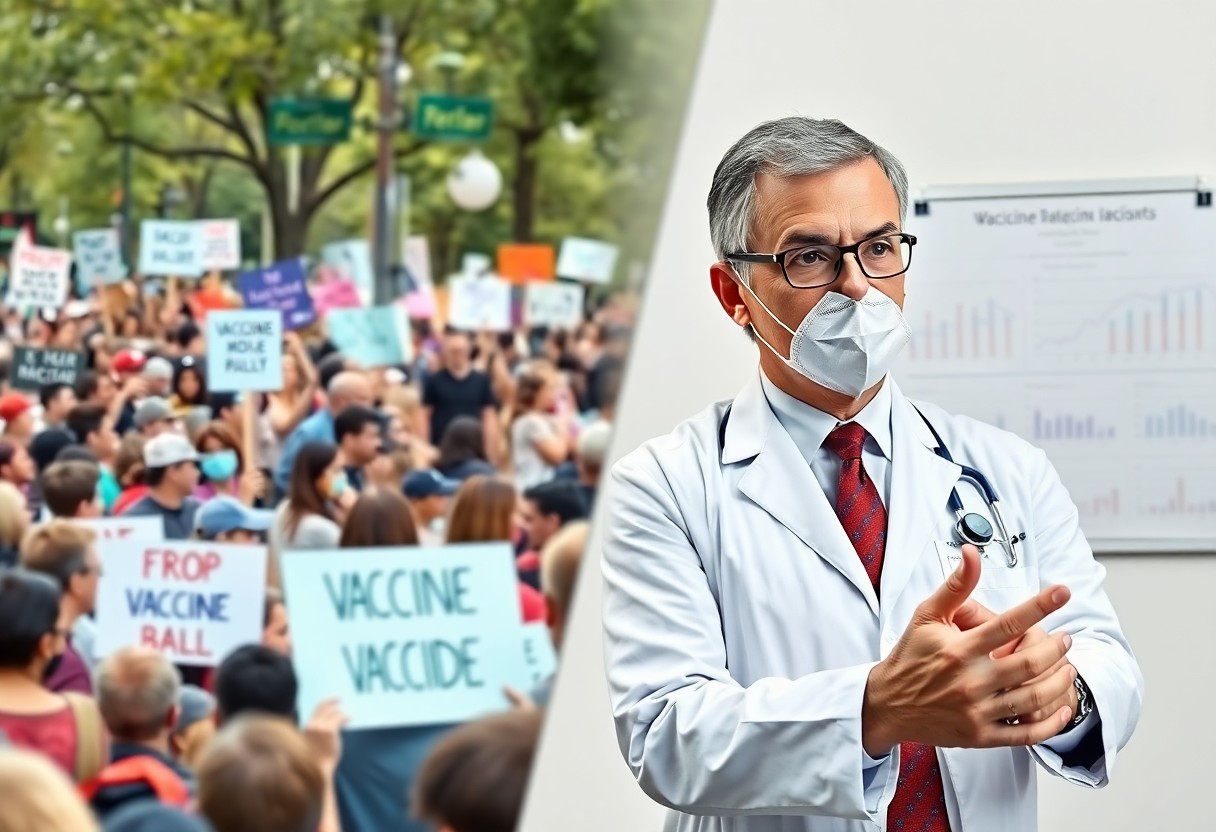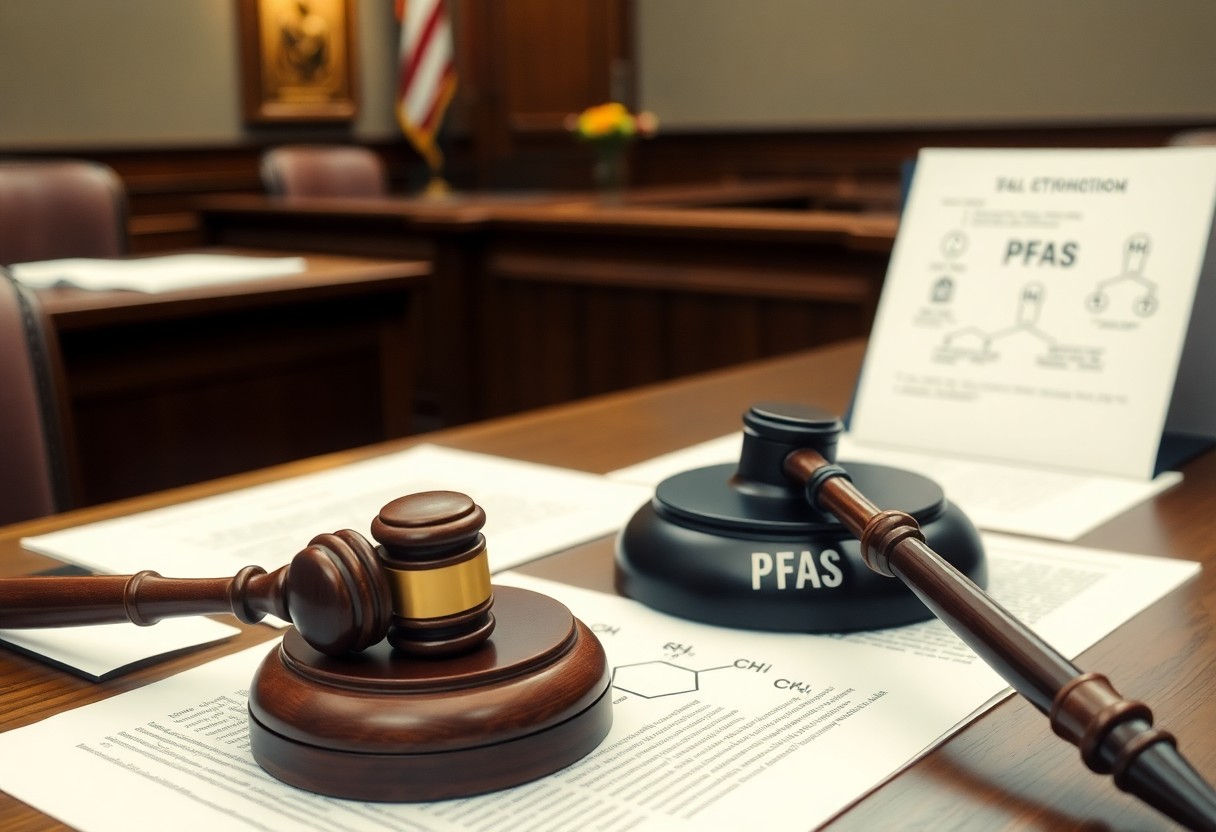Many individuals may not realize that vaccine manufacturers are not liable for SIRVA (Shoulder Injury Related to Vaccine Administration) injuries. This is largely due to the protections afforded by the National Childhood Vaccine Injury Act, which aims to ensure vaccine availability while protecting manufacturers from legal risks associated with rare side effects. While your willingness to get vaccinated contributes to public health, it is important for you to understand the landscape of liability surrounding vaccine-related injuries, including the specific conditions such as SIRVA that are not covered under typical legal frameworks.
Understanding SIRVA
Before exploring the implications of SIRVA, it’s important to grasp what it truly means. SIRVA, or Shoulder Injury Related to Vaccine Administration, occurs when a vaccine is improperly administered, leading to pain and dysfunction in the shoulder area. Recognizing the signs and being informed about this condition can help patients seek appropriate care and guidance.
Definition and Symptoms
Among the various complications associated with vaccinations, SIRVA can manifest through symptoms such as persistent shoulder pain, limited range of motion, and swelling in the injection site. If you experience these signs after receiving a vaccine, it’s important to consult a healthcare professional for a proper assessment.
Causes and Risk Factors
Among the factors contributing to SIRVA, improper vaccination technique is primary. Particularly, these causes include:
- Incorrect needle size
- Poor injection technique
- Vaccine administered in the wrong location
Knowing these factors can empower you to communicate effectively with your healthcare provider and ensure better vaccination practices in the future.
Risk factors may include certain anatomical characteristics or previous shoulder injuries, making some individuals more susceptible to SIRVA. It’s important to be aware of the following:
- Prior shoulder injuries or surgeries
- Older age
- Muscle or tissue disorders
Knowing these aspects can help you make informed decisions regarding your vaccination and address any concerns before receiving an injection.
Vaccine Development Process
Clearly, the vaccine development process is a meticulous and structured journey that can take years, even decades. This process typically includes several phases: pre-clinical research, clinical trials involving multiple stages, and regulatory review, ensuring a comprehensive evaluation of the vaccine’s safety and efficacy before it reaches the public.
Regulatory Oversight
At every step of vaccine development, there is stringent regulatory oversight from agencies such as the FDA in the United States. These regulations are designed to ensure that vaccines are not only effective but also safe for public use, providing you with confidence in the vaccination process.
Safety Testing and Monitoring
Below the surface of vaccine development lies an extensive safety testing and monitoring protocol, which is imperative for safeguarding public health. Each vaccine undergoes rigorous testing in clinical trials, followed by continuous monitoring once approved, to detect any potential adverse effects.
Regulatory authorities conduct thorough evaluations during clinical trials to ensure that the vaccine meets safety standards. Post-marketing surveillance, including reporting systems like the Vaccine Adverse Event Reporting System (VAERS), allows for the identification of rare but serious side effects that may emerge after widespread use. This ongoing monitoring guarantees that you can have confidence in the safety of vaccines throughout their lifecycle.

Legal Framework for Vaccine Manufacturers
Now, understanding the legal framework surrounding vaccine manufacturers is crucial for grasping the protections they have against liability. The legal structure is built to ensure that vaccines, which play a pivotal role in public health, remain accessible and that vaccine manufacturers are not deterred by the threat of profit-destroying lawsuits. This framework includes specific legislation that provides a safety net for both manufacturers and individuals who experience adverse effects from vaccinations.
National Childhood Vaccine Injury Act
Before the National Childhood Vaccine Injury Act (NCVIA) was enacted in 1986, vaccine manufacturers faced rampant lawsuits that jeopardized the vaccine supply and led to significant increases in vaccine prices. The NCVIA established a federal no-fault compensation system designed to streamline the process for individuals claiming injuries resulting from vaccines while protecting manufacturers from excessive litigation.
Vaccine Injury Compensation Program
For individuals seeking compensation for vaccine-related injuries, the Vaccine Injury Compensation Program (VICP) acts as a vital resource. This program allows you to file a claim for specific injuries that may arise from vaccinations, ensuring that you have a pathway to receive compensation without having to demonstrate manufacturer fault.
Vaccine Injury Compensation Program offers a structured approach to addressing claims, reducing the burden on the legal system. It allows injured individuals to seek compensation directly from the Vaccine Fund, funded by a small excise tax on each vaccine dose. This program is designed to help you receive prompt and fair compensation for your injuries, eliminating the need to navigate traditional tort claims against vaccine manufacturers. Notably, the VICP has paid over $4 billion in compensation since its inception, reflecting its commitment to support those affected by vaccine injuries while maintaining vaccine availability and public health.
Distinction Between Injury Types
Despite the various reactions that can occur from vaccination, it is vital to distinguish between the types of injuries. Understanding these differences helps you recognize both common vaccine reactions and specific injuries like SIRVA. Here are key distinctions:
| Injury Type | Description |
| Common Reactions | Mild and temporary effects like soreness or fever. |
| SIRVA | Shoulder Injury Related to Vaccine Administration. |
| Serious Injuries | Severe reactions requiring medical intervention. |
| Allergic Reactions | Adverse responses caused by allergens in vaccine contents. |
| Autoimmune Responses | Rare occurrences affecting the immune system. |
After understanding these distinctions, you can better navigate the conversation around vaccine safety and liability.
Common Vaccine Reactions
Common vaccine reactions typically include mild symptoms such as soreness at the injection site, fever, fatigue, and headache. These effects usually resolve on their own within a few days. While they may be uncomfortable, these reactions are part of your body’s natural immune response, confirming that the vaccine is working effectively.
SIRVA vs. Other Vaccine Injuries
By contrast, SIRVA specifically pertains to injuries related to the administration of vaccines, primarily affecting the shoulder. Unlike common reactions, SIRVA can lead to significant pain and limited mobility, necessitating medical evaluation and treatment. Understanding these distinctions is vital for you to recognize when to seek help.
Injuries like SIRVA can be distressing, but it’s important to note that they fall under a distinct category tied specifically to vaccine administration techniques. While SIRVA may require longer recovery times and physical therapy, most vaccine reactions are mild and resolve quickly. To minimize risk, ensure proper injection technique and seek medical advice if you experience lasting symptoms. Knowing the difference helps you stay informed and empowered regarding your health.
Challenges in Proving Liability
Keep in mind that establishing liability for SIRVA injuries can be particularly challenging. You must navigate complex legal frameworks and scientific evidence while considering the specific circumstances surrounding each case. The burden of proof rests on you as the claimant, requiring not only proof of injury but also a connection between the vaccine and the injury, which can be difficult to substantiate.
Scientific Evidence and Causation
Along the path of proving liability, you will encounter the need for robust scientific evidence to establish causation. The connection between the vaccination and the onset of SIRVA symptoms is often fraught with variables that can muddy the waters. You may find that existing research does not definitively support claims of vaccine-related injuries, creating further obstacles in your case.
Legal Precedents
Below are some important legal precedents that shape liability claims in SIRVA cases. Authorities have set the standard for proving causation in vaccine-related injuries through historical rulings. You should be aware that previous cases often require a showing of significant medical evidence and often depend on specific thresholds that must be met to establish liability.
Due to the established legal precedents in vaccine injury cases, courts typically lean towards protecting manufacturers from liability claims unless overwhelming evidence is presented. Past judgments have underscored the need for scientific consensus linking the vaccine to the injury, and many claims are dismissed if that connection is weak. You need to marshal substantial evidence to rise above these established standards, making it crucial to understand the nuances of relevant cases that could potentially impact your claims.
The Role of Awareness and Education
After understanding the complexities surrounding SIRVA injuries, it becomes evident that public awareness and education play vital roles in preventing such occurrences. By informing yourself about potential risks and symptoms, you can take proactive steps to minimize the likelihood of injury. Educational initiatives can further empower healthcare providers to communicate effectively about proper vaccination techniques and aftercare, ultimately reducing the incidence of SIRVA.
Patient Information and Consent
The process of receiving a vaccine should always include comprehensive information and informed consent. You should be made aware of potential side effects, including SIRVA, to acknowledge the risks. Understanding these risks enables you to make informed decisions about your healthcare, leading to a safer vaccination experience.
Importance of Reporting Adverse Events
Behind the scenes, effective monitoring of vaccine-related injuries hinges on your willingness to report adverse events. This reporting is vital for identifying patterns and prompting further investigation into vaccine safety, ultimately protecting others from experiencing similar injuries.
Awareness of the need for reporting adverse events empowers you to play an active role in healthcare safety. When you report any side effects, including those related to SIRVA, you contribute to a larger database that helps health authorities recognize trends and assess the safety of vaccines. This information leads to informed public health decisions and helps ensure that vaccines remain safe for the population. Your contribution can foster a safer environment not only for yourself but also for your community.
Final Words
With these considerations, you can better understand why vaccine manufacturers are not held liable for SIRVA injuries. The National Childhood Vaccine Injury Act established a compensation program to ensure that those affected by vaccine-related injuries receive support while allowing manufacturers to focus on producing vaccines without the fear of excessive lawsuits. This legal framework is designed to balance public health needs with individual rights, ensuring that vaccines remain accessible and safe for you and your community. As you navigate the conversation around vaccines, knowing these details can empower you to make informed decisions.














